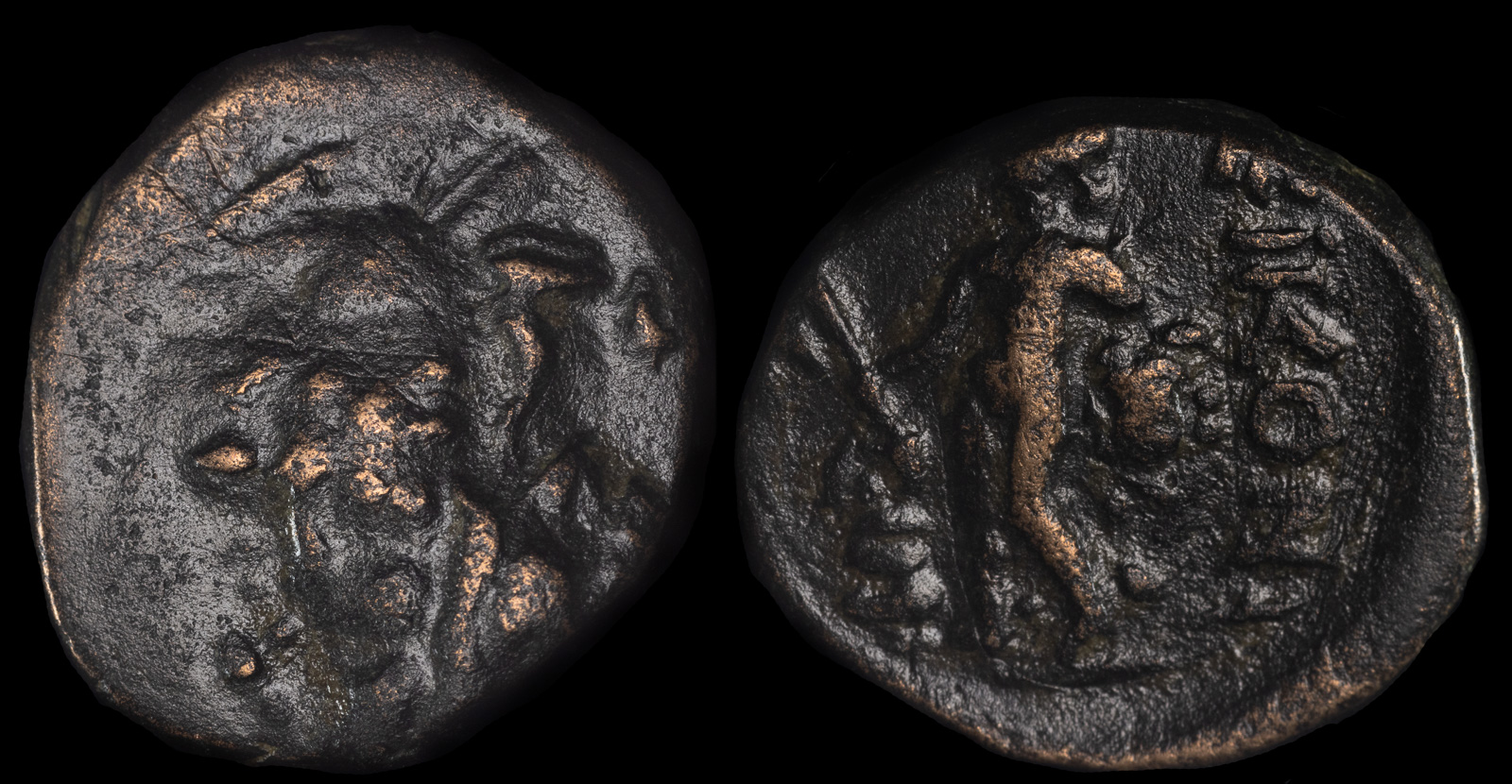Medusa
View All Tags
Medusa was exiled to a remote island, where she lived in isolation, feared by all who knew her. Her appearance and the danger she posed made her a legendary figure of terror. The myth takes a significant turn with the hero Perseus, who was tasked with slaying Medusa as part of a challenge set by King Polydectes. With the help of Athena and Hermes, Perseus was provided with several magical items, including a mirrored shield, which allowed him to view Medusa’s reflection and avoid being turned to stone by her gaze. He also received a sword capable of decapitating her and a helmet of invisibility to protect him from the other Gorgons, Medusa’s sisters.
Perseus successfully decapitated Medusa while she slept, and from her severed neck sprang Pegasus, the winged horse, and Chrysaor, a giant. Perseus took Medusa’s head with him, using it as a powerful weapon to turn enemies into stone. Eventually, Perseus gave the head to Athena, who placed it on her shield, the Aegis, as a symbol of protection.

Lycaonia, Eikonion
circa 100-0 BCE
Æ 15mm, 3,84g
Obv : Laureate head of Zeus right.
Rev : ЄIKONIЄωN. Perseus standing left, holding harpa and head of Medusa
SNG France 2272-2276; Aulock Lykaonien 252; HGC 7, 789